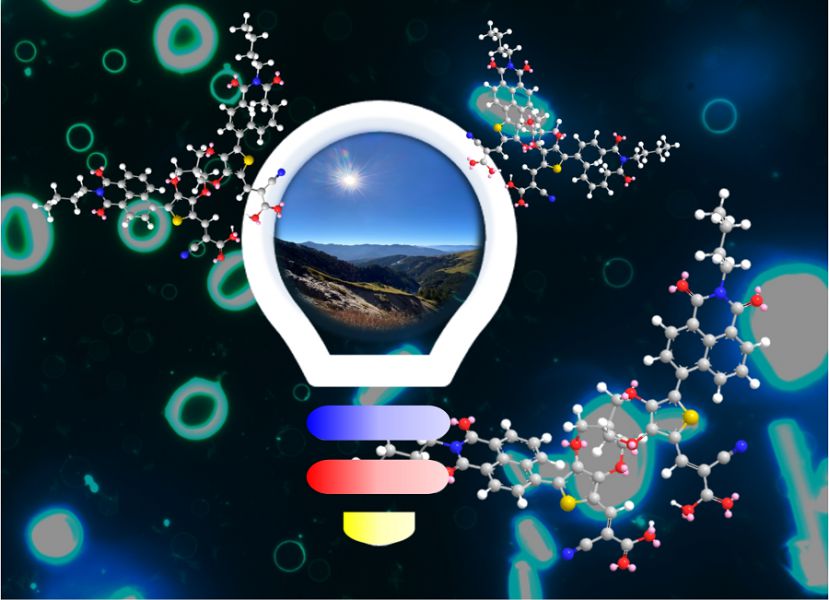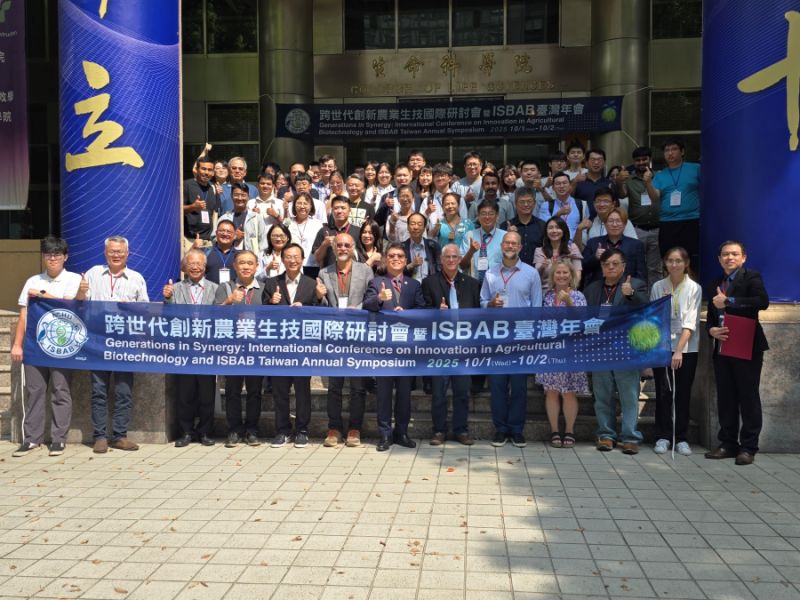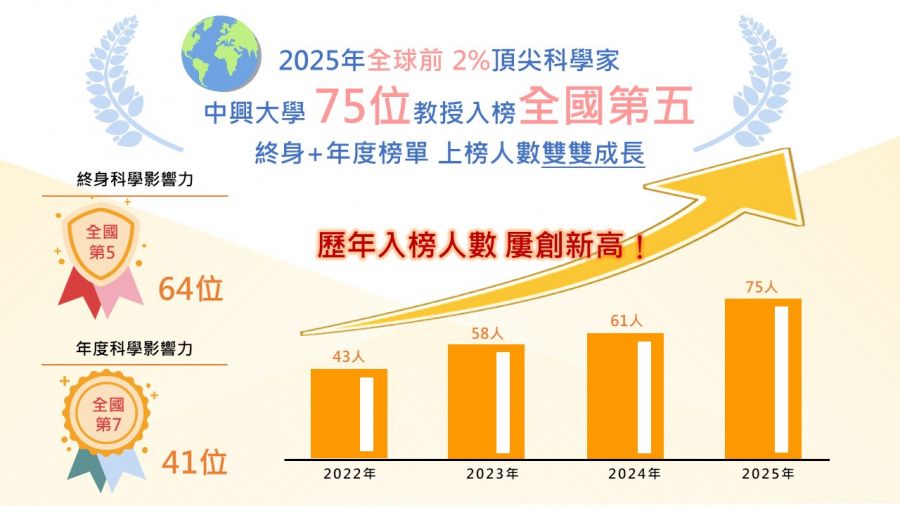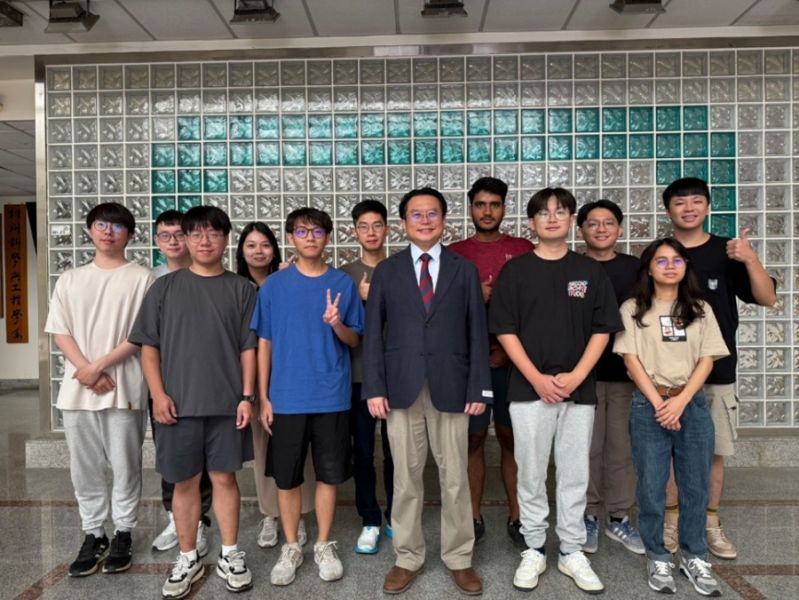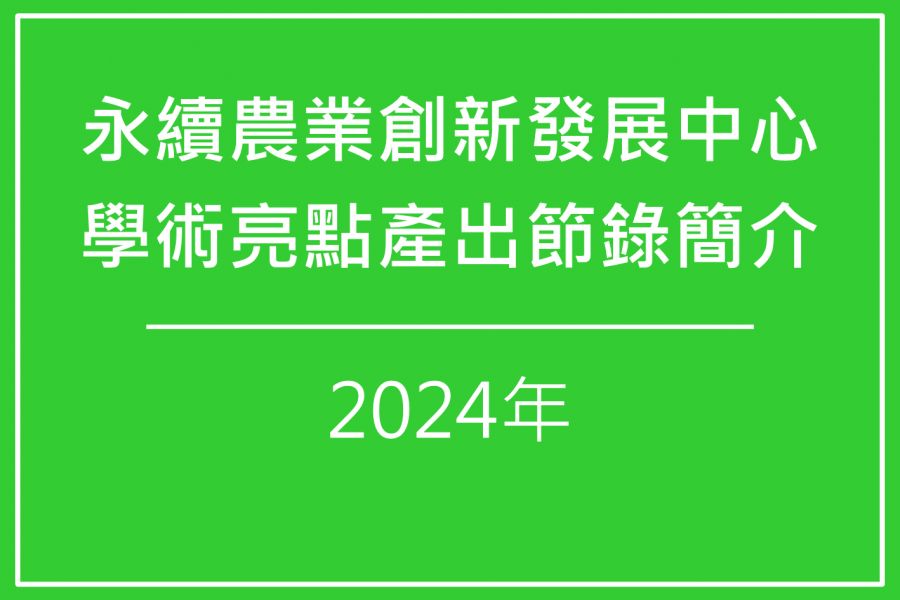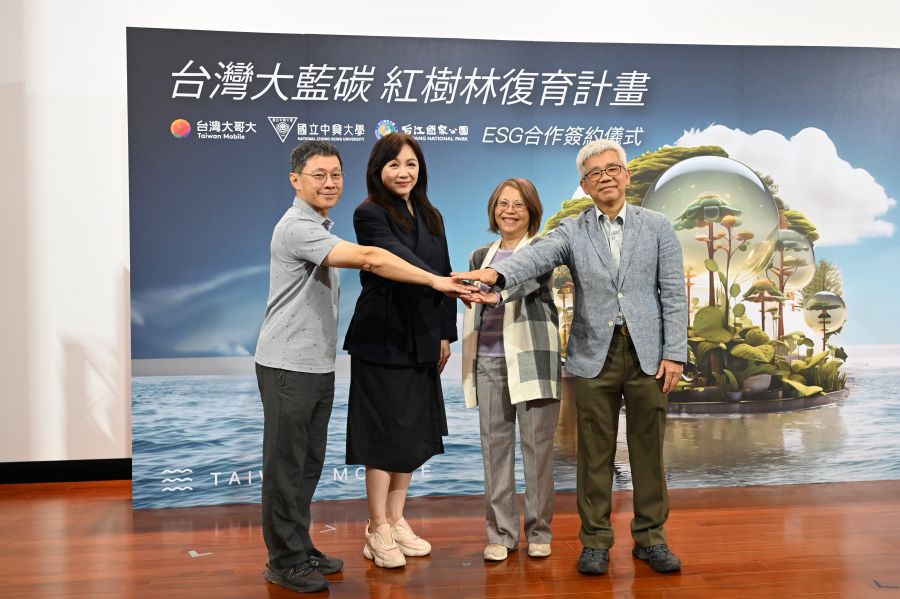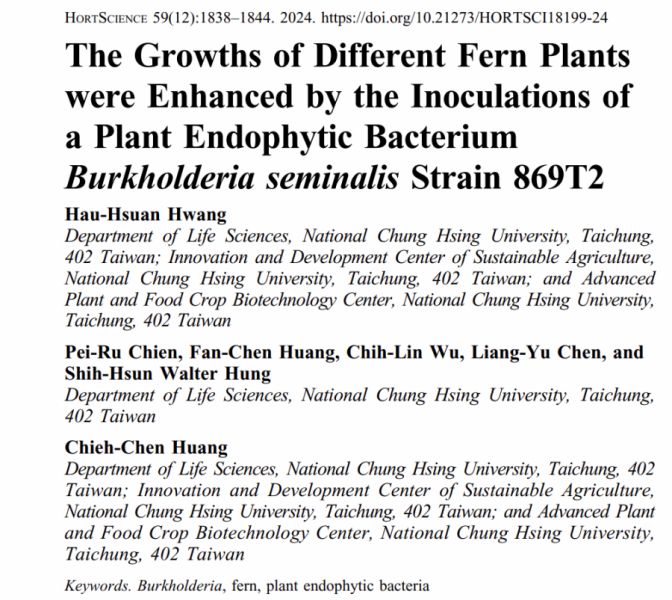設施農業:節能栽培與滅菌【化學工程學系/陳志銘特聘教授】
| 論文篇名 | 英文:Enhancement of Solar Efficiency of Dye-Sensitized Solar Cell by Molecular Engineering of Organic Dye Incorporating N-alkyl Attached 1, 8-Naphthalamide Derivative 中文:透過分子工程摻入N-烷基附著1,8-萘二甲酰胺衍生物的有機染料提高染料敏化太陽能電池的效能 |
| 期刊名稱 | JOURNAL OF MATERIALS CHEMISTRY C |
| 發表年份,卷數,起迄頁數 | 2020, 8 (33): 11407-11416 |
| 作者 | Sil, Manik Chandra; Chen, Li-Syuan; Lai, Chin-Wei; Chang, Cheng-Chung; Chen, Chih-Ming(陳志銘)* |
| DOI | 10.1039/D0TC01388A |
| 中文摘要 | 為了改善染料敏化太陽能電池的光伏參數,需仔細控制吸附在TiO2表面的染料分子的方位取向,抑制TiO2表面染料分子的電荷再結合與聚集也對提高電池效率扮演重要的角色。在本論文中,以含有N-烷基的1,8-萘二甲酰胺衍生物為供體,spiroBiproDOT為π-間隔基的雙錨結構為基礎,設計並合成有機二聚物染料(D-染料)。對於採用D-Dye的染料敏化太陽能電池,Voc和Jsc分別為0.70 V和14.6 mA cm-2時,最大光電轉換效率為7.1%。此外,本研究亦合成單體染料(M-染料),Voc和Jsc分別為0.67 V和9.93 mA cm-2時,電池效率為4.85%,低於其二聚體類似物(D-染料)之效率33%。對兩種有機染料進行光物理實驗以了解光吸收特性,也同時量測入射光子-電流轉換效率(IPCE)與電化學阻抗,以了解二聚物D-染料具有較佳好的光伏性能之原因,結果顯示是由於有效抑制電荷的再結合和自我聚集。此外,D-染料(0.4 mM)與N-719(0.4 mM)以10 : 1 v / v(D-染料:N-719)進行共吸附,可進一步將電池效率提高至8.34%(Voc為0.77 V和Jsc為14.9 mA cm-2)。 |
| 英文摘要 | Controlling the orientation of the dye molecules adsorbed on the TiO2 surface needs extensive attention for improving the photovoltaic parameters of dye-sensitized solar cells (DSSCs). The suppression of the charge recombination and self-aggregation of dye molecules on the TiO2 surface also plays a vital role in the improvement of cell efficiency. In this report, based on the bi-anchored structure containing N-alkyl-attached 1,8-naphthalamide derivative as the donor system and spiroBiproDOT as the π-spacer, an organic dimeric dye (D-Dye) was designed and synthesized by Suzuki coupling, followed by Knoevenagel condensation. The maximum power conversion efficiency of 7.1% with a Voc and Jsc of 0.70 V and 14.6 mA cm−2, respectively, was achieved for the DSSC employing D-Dye. A monomeric dye (M-Dye) was also synthesized and the resultant cell efficiency of 4.85% was achieved with Voc and Jsc of 0.67 V and 9.93 mA cm−2, respectively, which was 33% lower than that of its dimeric analogue (D-Dye). The photo-physical experiment was carried out for both organic dyes to understand their light absorption characteristics. The incident photon-to-current conversion efficiency (IPCE) and electrochemical impedance measurements were also obtained to rationalize the better photovoltaic performance of DSSCs employing the dimeric D-Dye, which was due to the effective suppression of the charge recombination and self-aggregation of dye molecules. The co-adsorption of D-Dye (0.4 mM) with N-719 (0.4 mM) in the ratio of 10 : 1 v/v (D-Dye:N-719) further enhanced the cell efficiency to 8.34% (Voc of 0.77 V and Jsc of 14.9 mA cm−2). |

